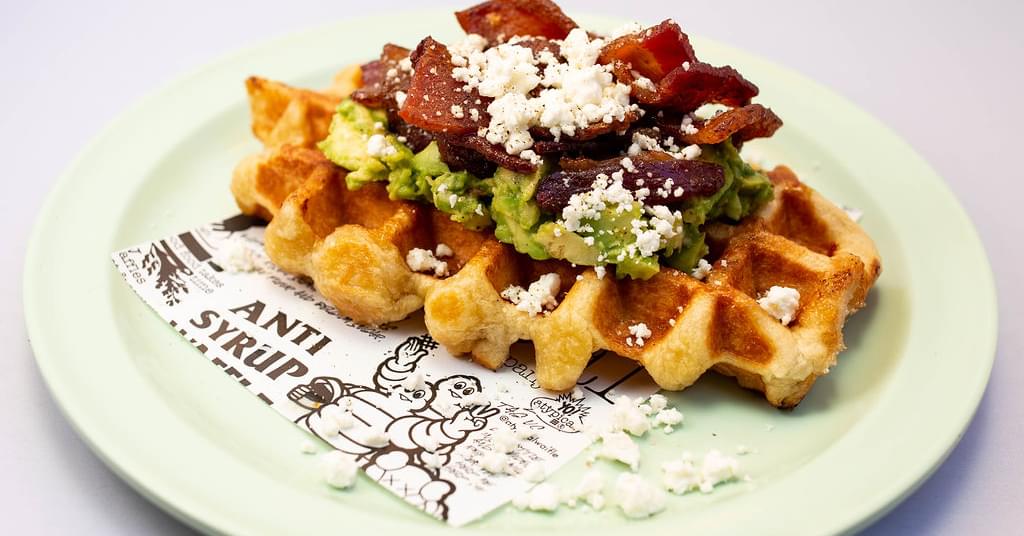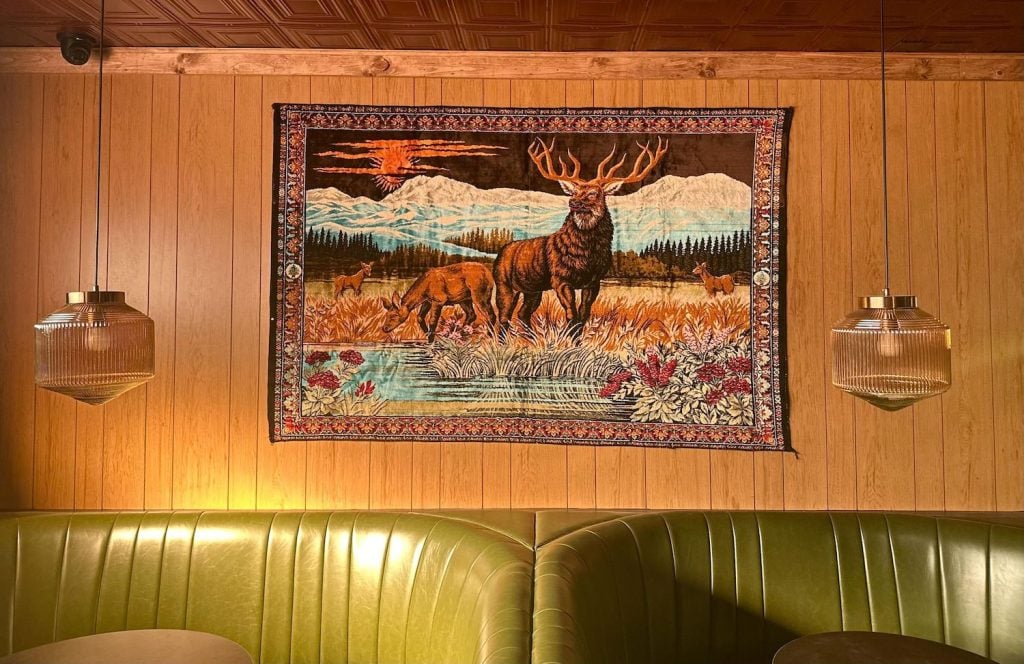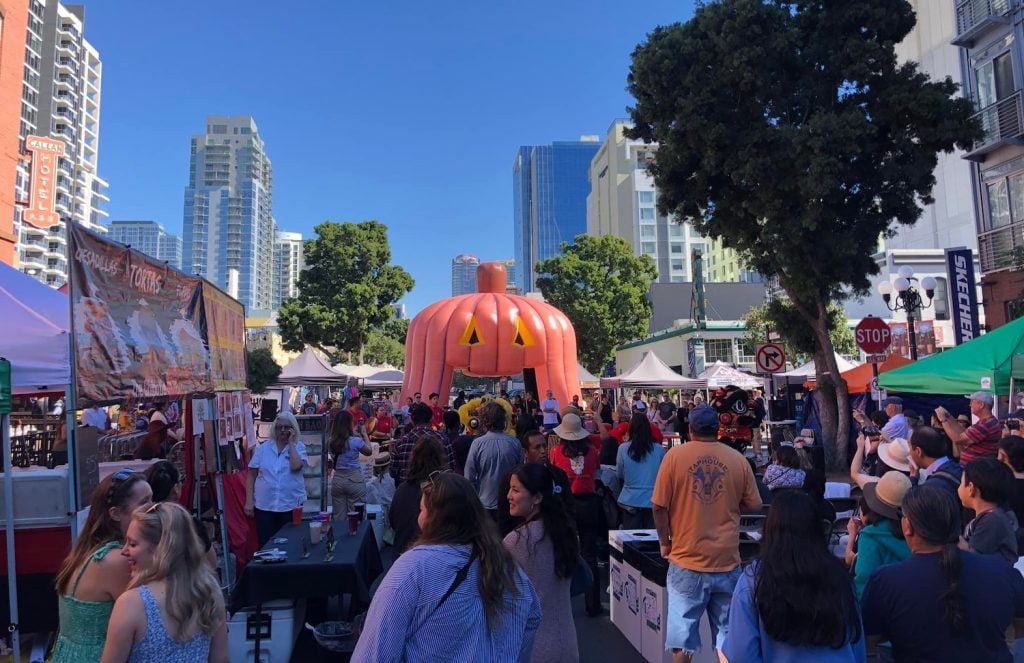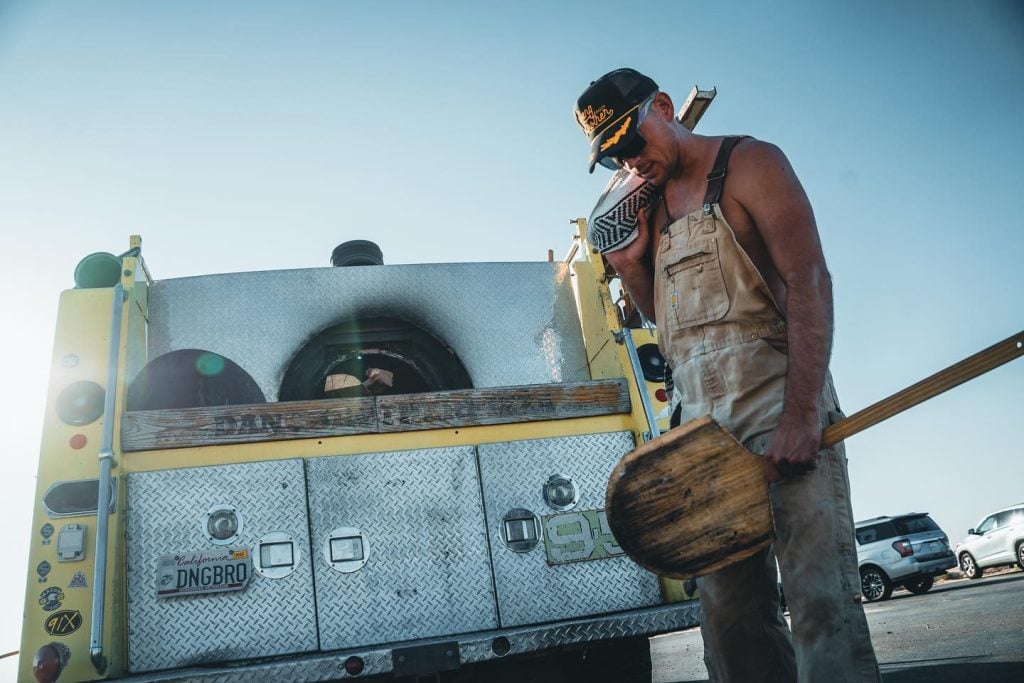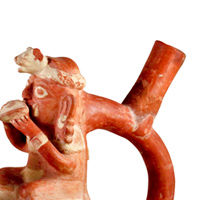
8 Things I Learned About Ancient Beer
Even non-drinkers of beer will be blown away by the new exhibit BEERology at the San Diego Museum of Man (open now through next summer). Beer, like money, has played a critical role in many societies throughout history (and in ancient Egypt, beer was money). Did you know that the oldest known recipe is actually a recipe for beer? Yup. A brewer from Mesopotamia put it down on rock.
BEERology was a major passion project for curator Rex Garniewicz, an archeologist and COO of the Museum, who showed me around on a recent visit. Garniewicz, incidentally, has been home-brewing for 20 years, and on this tour, it was clear how much he really walked the walk. For example, while putting together BEERology, he actually tried to make the Amazonian’s spit beer, which involved chewing up a raw cassava root laced with cyanide, spitting it out, then boiling it, adding yeast, and brewing. He and a friend chewed about 8 lbs. of the root; it only made 2-3 gallons of beer.
The exhibit itself displays tons of artifacts, and the plaques are written in a fun, magaziney, non-scholarly way. Popular and local companies got in on the action, too. A modern home-brewing kit was provided by Home Brew Mart. Lost Abbey donated barrels to be used as belly bars at regularly-scheduled tastings.
Some of the artifacts in the exhibit include ancient growlers (jugs from Peru, 100-800 AD) and a 500-year-old wooden beer cup (rare because wood doesn’t preserve well).
But the exhibit isn’t just old jugs and jars!
Because I love lists and listicles, here are 8 fun factoids you can drop at your next beery happy hour—then go see the exhibit for a refill:
1. Ancient brewers were mostly women. The men were out hunting.
2. The oldest beer that we have scientific evidence for dates back 9,000 years to China. Archeologists believe grains were first domesticated for beer, not bread.
3. People in the Amazon drank a beer that was 3-4% ABV. The men drank 4 gallons per day; the women, 1 gallon, and the kids, a half-gallon.
4. While building the Pyramid of Giza in Ancient Egypt, the laborers (that’s right! Not slaves!) were paid one gallon of beer per day.
5. An ancient human tibia demonstrates a high concentration of tetracycline—more tetracycline than a modern doc would prescribe. That tetracycline came from beer. Beer was medicine.
6. Ancient beer was not carbonated, but it was a little bubbly if you drank it fresh while it was fermenting. These days, carbonation has increased thanks to pressurizing in metal kegs and glass bottles.
7. In China, they used both millet and rice. Sake (“rice wine”) is actually rice beer, because it comes from a grain. We say “wine” because it can be up to 20 percent alcohol.
8. Beer is a great source of calories for agricultural societies. (People working and moving all day need the energy!)

